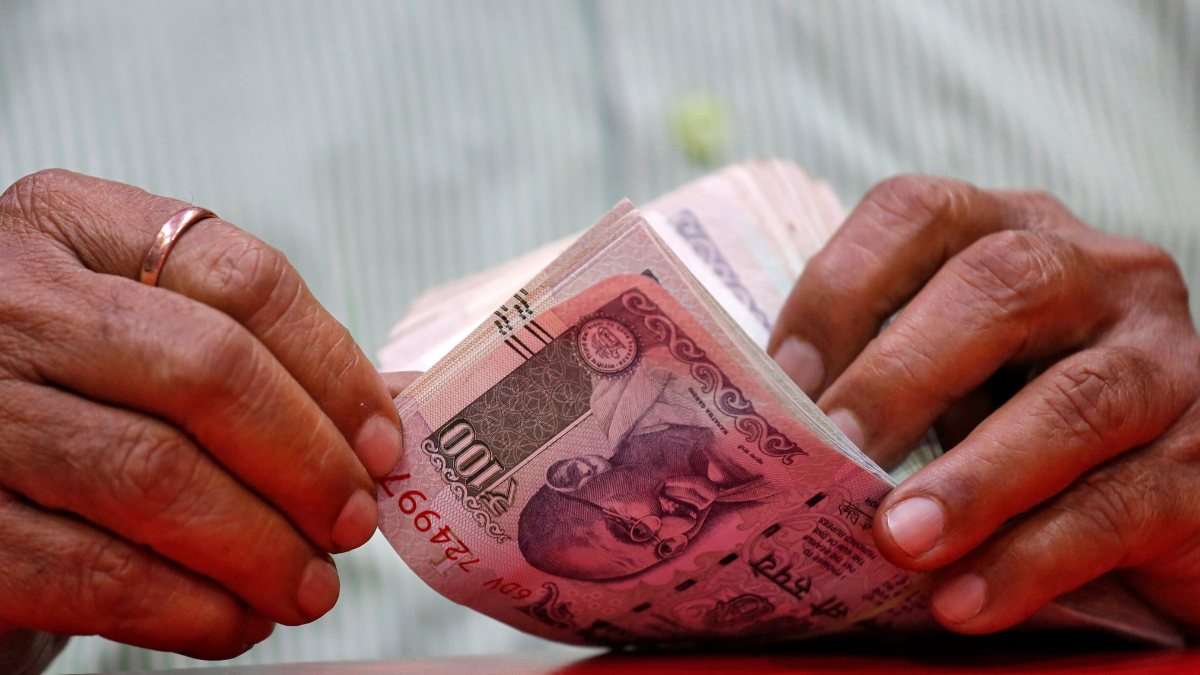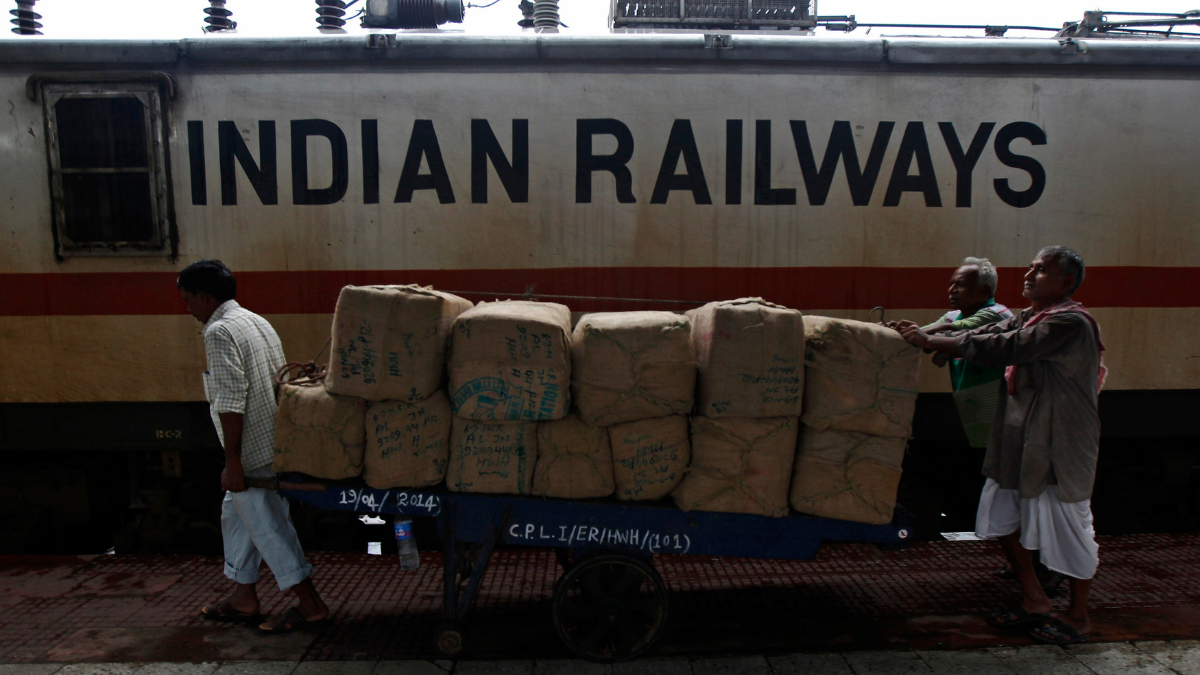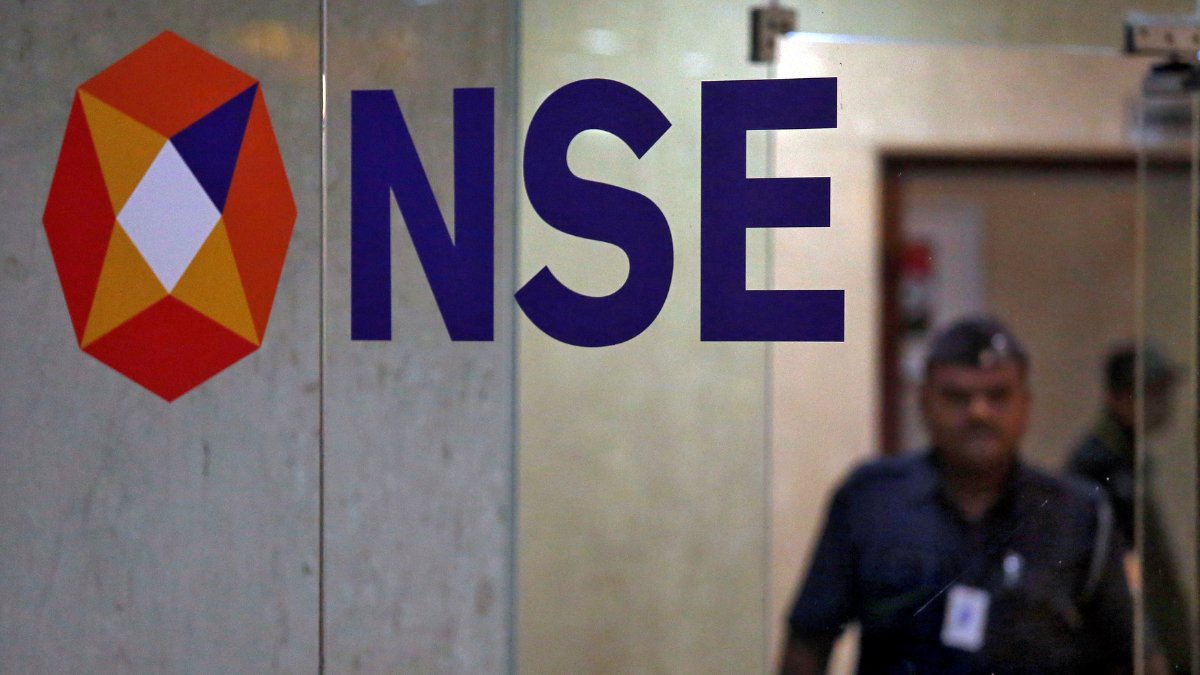By Gaurang Somaiya
The rupee in the last few weeks has consolidated in a range of 82.30 and 83.20 despite economic concerns in China and a surge in the dollar against its major crosses. In line with expectations, the RBI held rates unchanged and also maintained its withdrawal of accommodative stance intact. The central bank raised its inflation forecast for FY24 to 5.4% from previous estimates of 5.1%. On the other hand, growth projection was retained at 6.5% for FY24. The RBI asked banks to set aside a larger part of its incremental deposits to tighten liquidity. According to the decision, banks will now have to maintain an incremental CRR of 10% and this did hit the overall market sentiment. On the domestic front, inflation rose sharply to 7.44% in July from 4.87% in the previous month. Vegetable inflation was the highest contributor to an uptick in inflation. During the month, economic concerns in China also led to weakness in the rupee. Volatility was curtailed after some sources suggested that the RBI had asked banks to stop taking fresh arbitrage positions in the NDF market. Suspected dollar selling was to the tune of $ 1 billion also triggered a move for the rupee. Weakness for the rupee was curbed by active intervention by the RBI and a fall in the reserves justifies the reasoning. The latest data released by the RBI showed reserves are at $594.87 billion and have seen an erosion of $ 8-10 billion in the last few weeks.
Global Currencies
The dollar witnessed its longest winning streak in the last 15 months as it closed for straight six weeks following safe haven buying on the back of uncertainty in China and better-than-expected economic numbers from the US. The Chinese Yuan fell to the lowest level in 9 months following a raft of economic numbers coming in below estimates. Weakness in the Chinese Yuan also pushed the PBoC to announce a surprise rate cut, the second time in the last three months. Record credit growth and deflation risk in the economy is pushing officials to introduce more stimulus measures. Most of the commodities too witnessed selling pressure on the back of the economic slowdown in China and strength in the dollar. Non-farm payroll data showed the US economy added 187k jobs in August as compared to the expectation of 170k job addition. Initial reaction to the dollar was marginally negative as the unemployment rate rose and average hourly earnings came in marginally lower. This month, the Fed will release its policy statement and the expectation is that the central bank could keep rates on hold. Commentary from the Fed governor is likely to guide the dollar for the next few weeks.
Euro and pound gained in the past couple of weeks but overall have been under pressure in the last couple of months as crosses have been weighed down following strength in the dollar and weak economic numbers from both these economies. In the UK, inflation grew at a slower pace in June at 7.9% as compared to 8.7% in the previous month. The UK has been struggling with higher inflation and the Bank of England has raised rates similar to what the Fed did. This month, the Bank of England will release its policy statement and the expectation is that the central bank could keep rates on pause. The policy judgment now has to be whether employers will respond to the inevitable above-inflation wage demands by attempting to preserve past improvements in profit margins. This month, the ECB and the BoE policy statement will be released and the expectation is that the central bank could keep rates on hold but weaker-than-expected economic numbers could both the currencies weighed down.
(Gaurang Somaiya, Forex & Bullion Analyst,Motilal Oswal Financial Services. Views expressed are the author’s own. Please consult your financial advisor before investing.)




